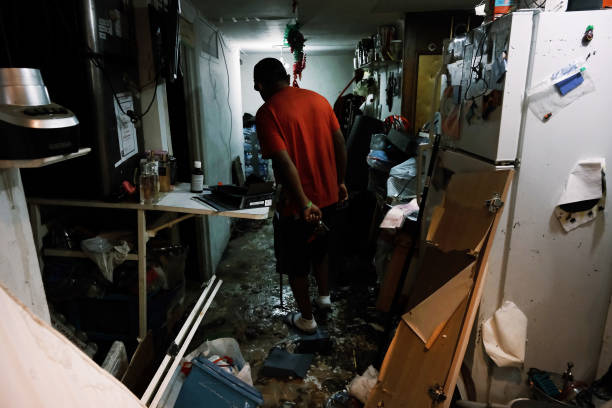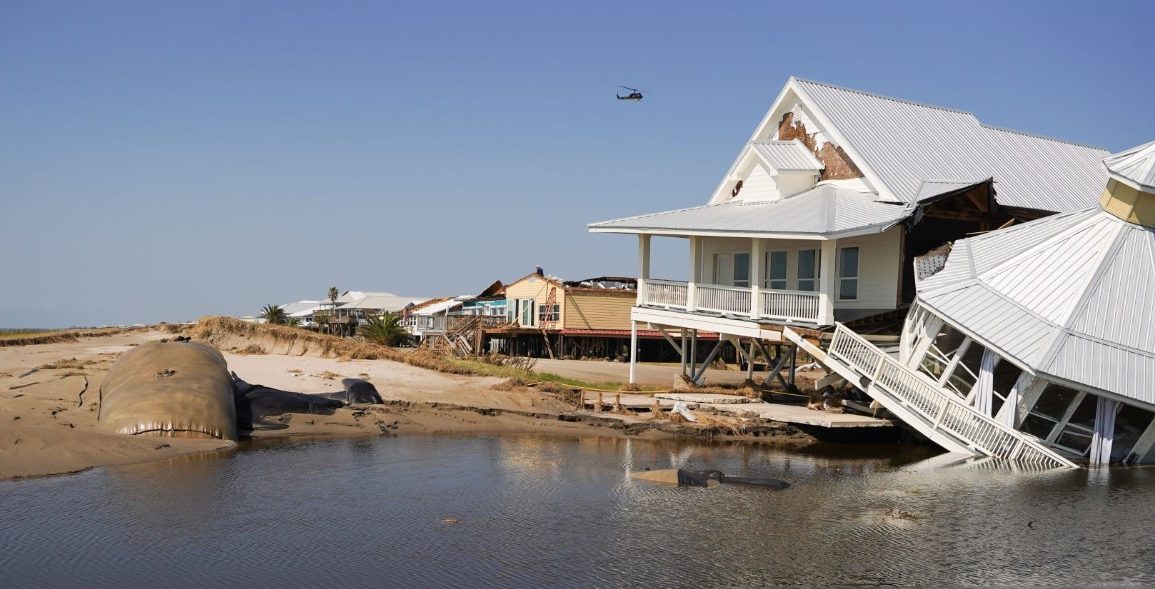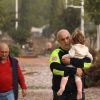Josh Alba’s life took a dramatic turn during Hurricane Ida. The 35-year-old Queens resident had lived comfortably in an illegal basement apartment for almost five years, relishing the low rent and privacy.
But the storm, which pummeled New York City with unprecedented rainfall in September 2021, changed everything.
As water seeped into his basement home, Alba was jolted awake by his cat. Within moments, he found himself knee-deep in floodwaters that ultimately ruined most of his belongings and rendered his apartment uninhabitable.
“I could’ve died if I didn’t wake up,” Alba recalled. The disaster claimed 13 lives across the city, with many falling victim to the dangers of basement dwellings.
The tragedy highlighted a critical issue: the city’s estimated 100,000 basement apartments, often illegal and non-compliant with safety codes, are highly vulnerable to flooding and fires.

The apartments, which provide affordable housing for many lower-income New Yorkers, often lack proper exits and ventilation, making them deadly in severe weather conditions.
In the wake of Ida, there have been efforts to address these hazards. Mayor Eric Adams’ administration has proposed changes to zoning laws to make basement upgrades feasible. A new state program has also begun legalizing basement apartments in select areas.
Despite these steps, significant challenges remain. The cost to bring these units up to code could reach $14 billion, and progress has been slow.
Moreover, improvements in emergency communication are underway. The city now offers flood warnings through multiple channels, including a new list specifically for basement residents. Yet, challenges persist, especially in neighborhoods with diverse languages where communication barriers remain.
While legalizing and upgrading basement apartments could enhance safety, the process is complex and costly.
For now, many basement dwellers like Alba continue to grapple with the precarious balance between affordability and safety in a city increasingly affected by climate change.

